JON SCHULZ IN CONVERSATION WITH TRAVIS WYCHE
How are you? Has your head been full of wonderful delicious dreams of universal basic income algorithms and geothermal heat dissipation solutions for decentralized world finance computers, or have you been occupied with even more exciting things like building libraries of self-reliance literature and contemplating the waste that is grotesquely flowing out of all of our human systems?
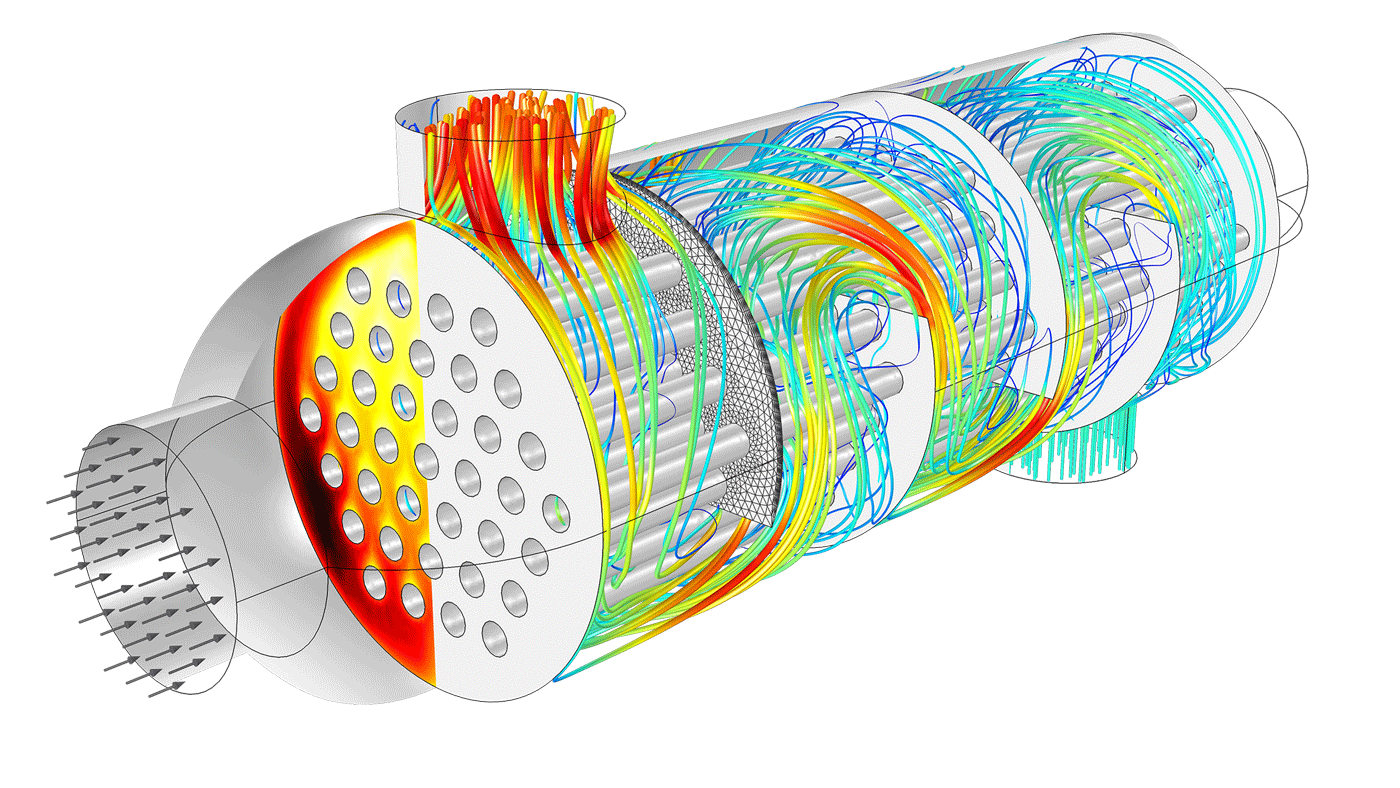
Seven point elk and young bucks munching berries outside the window. It’s been very smoky here. We’ve had a lot of rain and the wind was horrendous. That part wasn’t too fun, but I have spent time working on a couple of articles. I was working on one in particular that I was going to try to send you soon on the issue of how do we know, knowing versus facts, how we use information for decision making and where its vulnerabilities are. If you touch something hot enough to burn, you’re not likely to repeat the experience in your life if you can avoid it. That’s knowing. Everything in nature knows how it works, how it needs to work. It’s only humans that can believe and act on stuff that’s different than that.

What do you mean stuff that’s different than that? To the extent that it’s conceptual abstract knowledge rather than phenomenological or experiential knowledge that we acquire from interacting with the world?
Yes. That’s why you need to get kids out of classrooms and into nature.
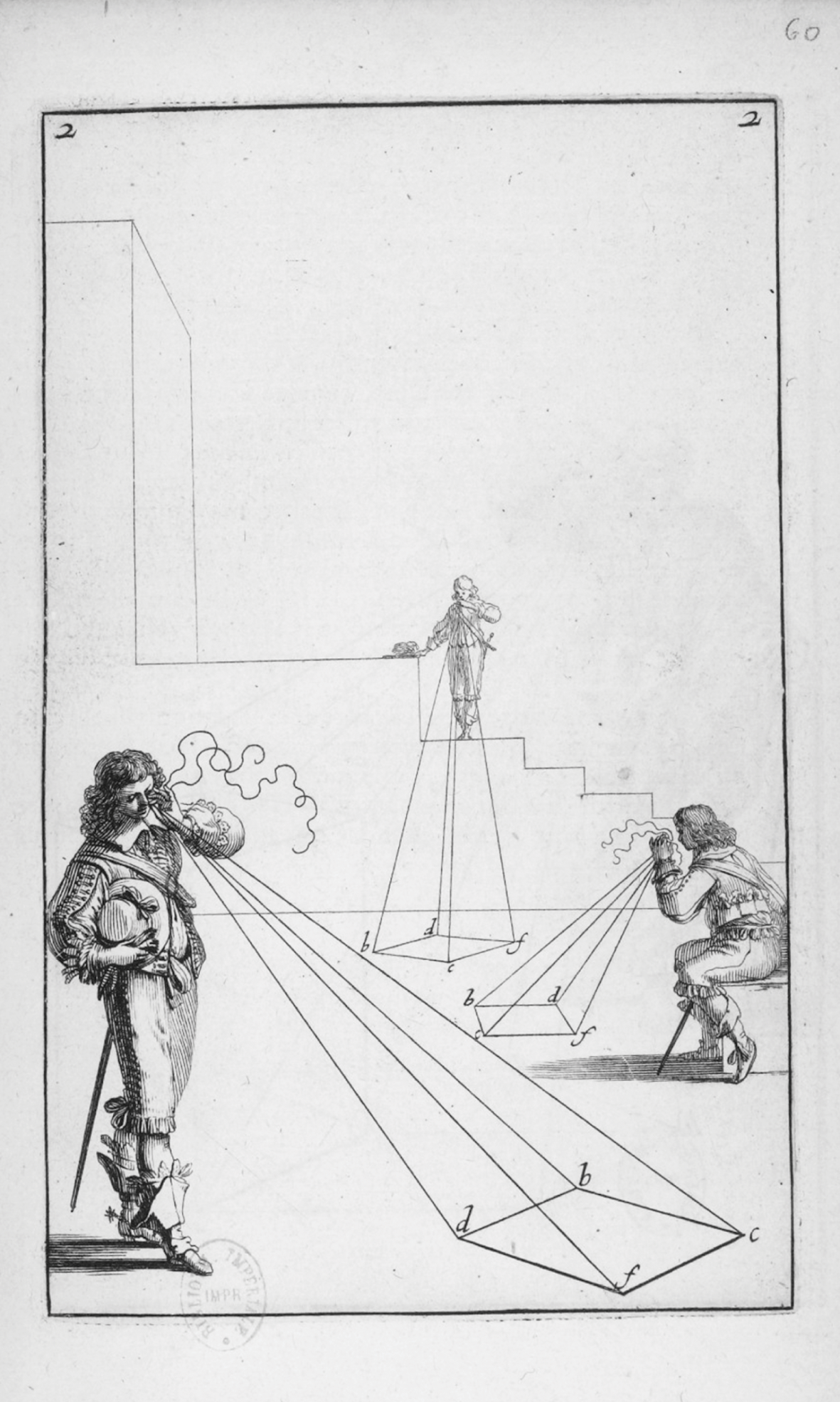
Certainly it also goes both ways? The experiential knowledge, to the extent that we’re able to document it, to archive it into a repository, whether it’s through oral tradition or written document, serves to open the imagination of those that encounter those documents and hopefully we can come to conceptually understand not to touch a hot pot without having to learn first-hand (so to speak), by being burned. This allows for collective human advancement through our social sharing of our subjective experiences and is the core technological development of human beings. That’s the technology of imagination.
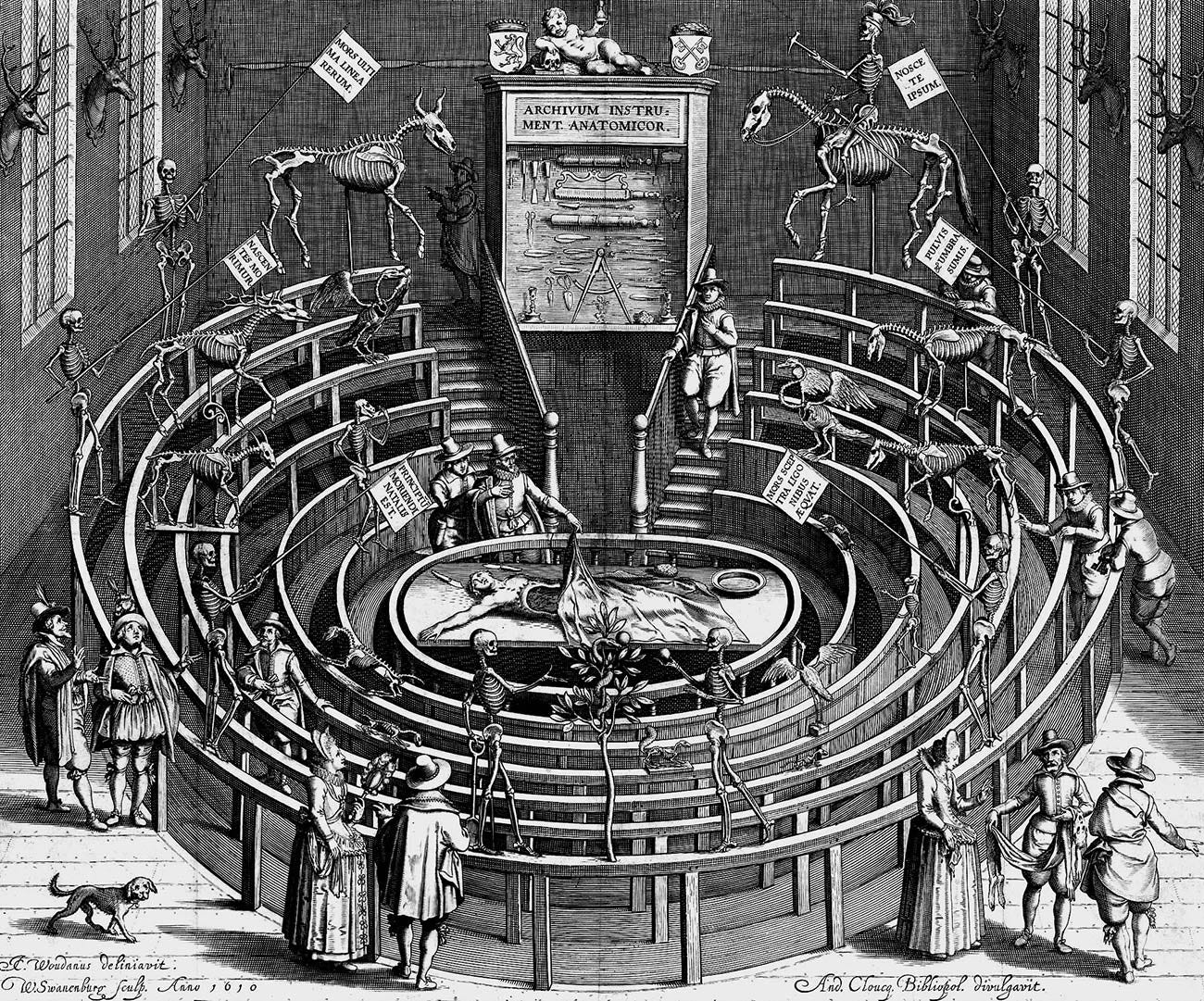
If somebody says don’t touch that thing, it’s hot, you may still test it. We observe behaviors, agree or disagree with them, and they become integrated into our belief system. They become our facts, but are they really facts? That’s what my article will be addressing. There’s a story that has been told by a number of people, I don’t know where it originated, but the version I heard was that an old Oregon rancher said, there are three kinds of people: there are those that can learn by reading, there’s those that have to see things visually, and there are those that have to urinate on the electric fence for themselves. The last group are those that aren’t willing to take the reading or the visual input from anybody and have to figure out what’s real for themselves.
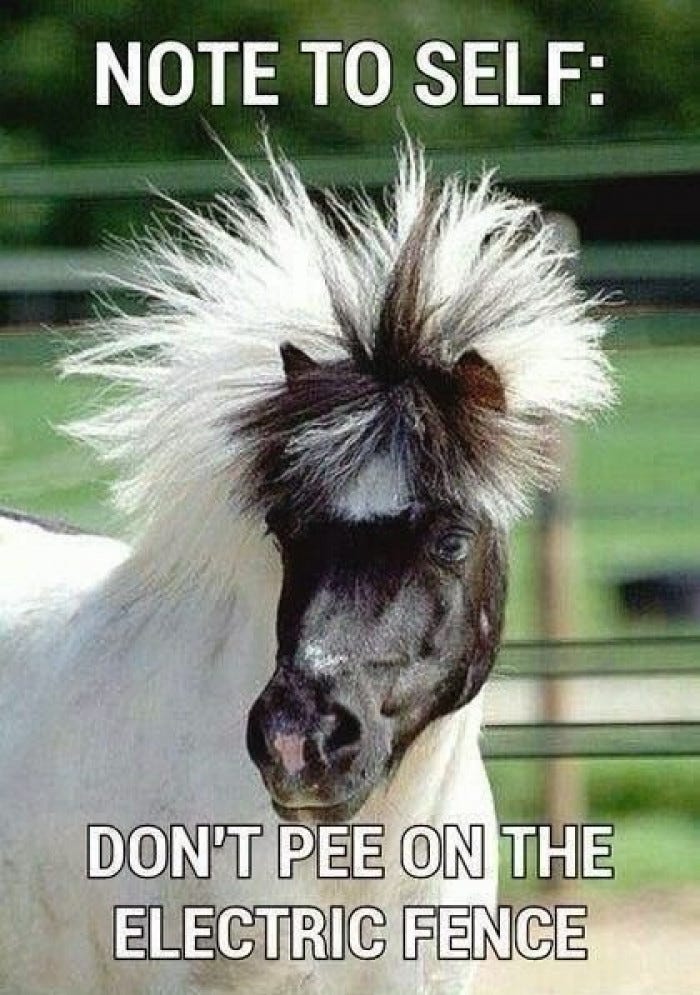
My experiences illustrate a reality tunnel for me that reveals quite clearly that there isn’t a singular ideal way of knowing. There is no one way of knowing that is somehow better than the others, but each approach to the world might be considered a unique perspectival path to approaching a similar conclusion. If we could somehow collect that diversity of perspectives and unify them by our human coordination, what potential might that unlock for how we could teach each other to see the world differently? With your anecdote, it’s tempting to identify myself as one of those three ways of knowing, but certainly we must allow for the potential of a fourth or fifth way to reveal itself. Where does the artist fit in? Where does the visionary fit in?
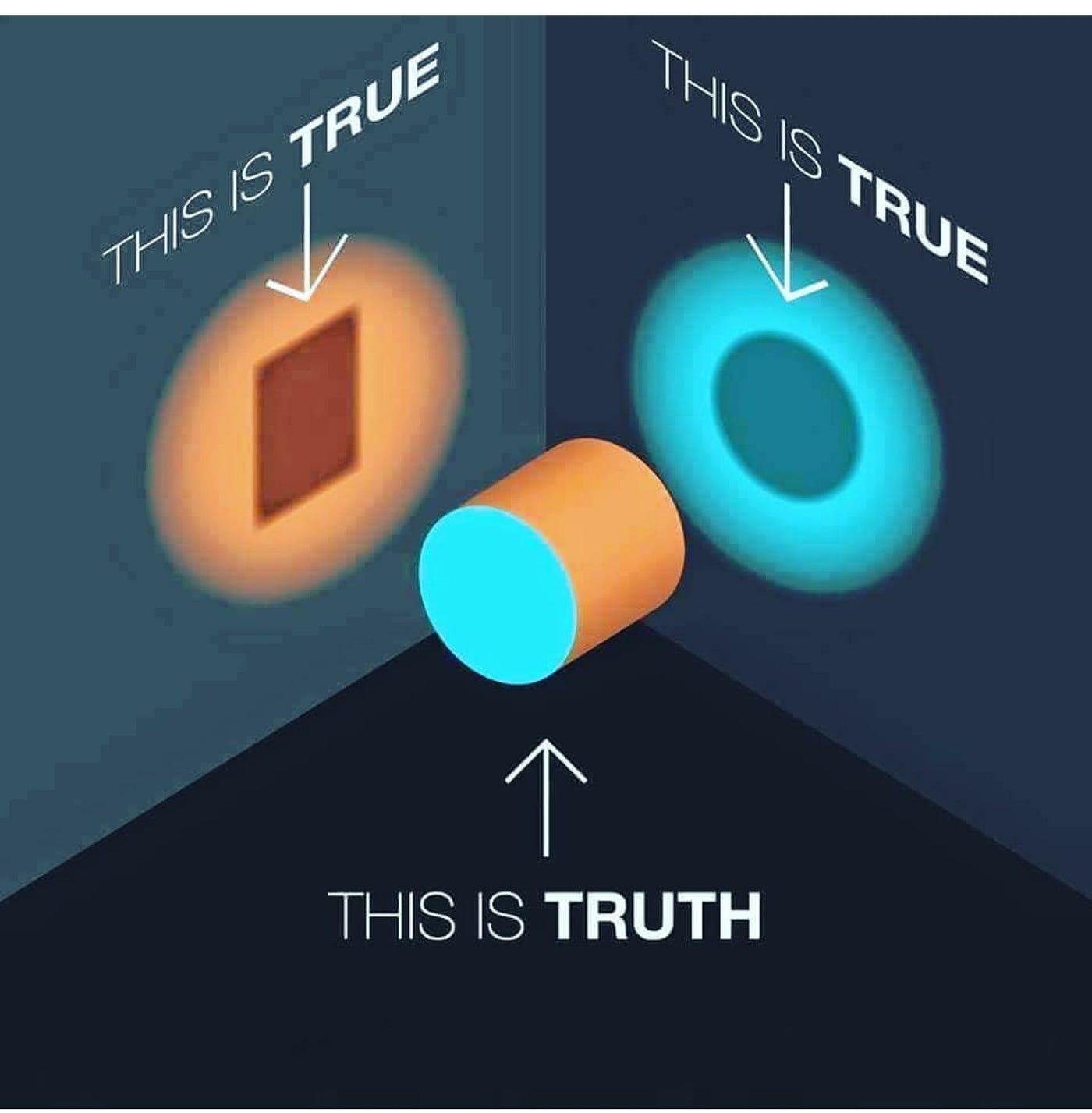
Let’s consider the shaman as a conduit between worlds, as a person that has positioned themselves between a material empirical knowledge and a transcendental gnosis, as one that speaks between modalities of being to assimilate lessons from the plants directly, to gather behaviors from our animal kin, and who is sensitive and insightful enough to apply those learnings to expand our limited human potentials. Certainly the shaman’s way is experiential, by taking the plant into the body, by interfacing directly with the elk, by following them across the landscape to learn their migration patterns. Such knowledge is conveyed through a profound poetics that I’ve been considering more and more as a kind of transmedial encryption. What kind of person is the rancher telling the anecdote? It sounds like a Buddhist koan. Where is the core of the rancher’s message?
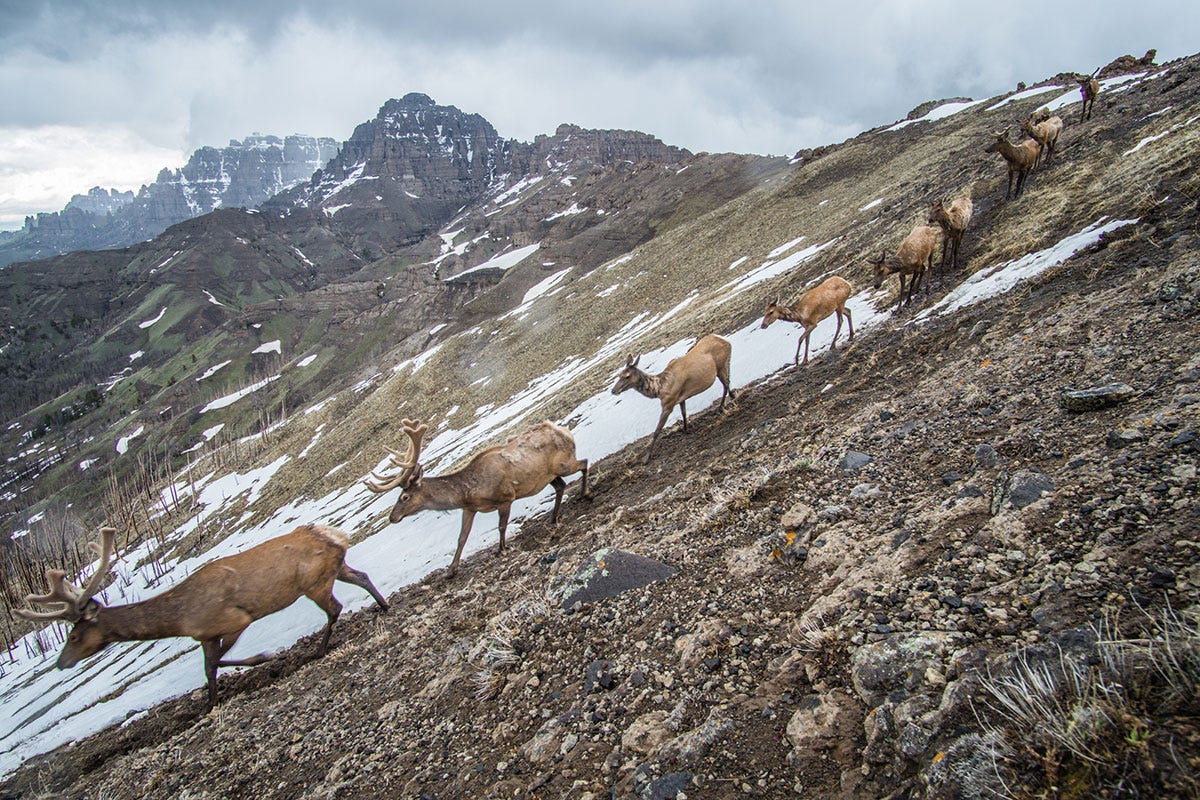
Maybe it inflicts an injustice by saying that we must decipher mystical language back into an empirical scientific language, or the other way around, that everything is shrouded in allegory and requires an expert literary critic to render back into literal images for those of us that have tired and weak imaginations. Could we learn to embrace a perspective where a multiplicity of languages co-exist simultaneously? To allow that each might be appropriate for interacting with a specific level or dimension of reality, but that there is no singular universally true reality to be defined by one singular universally true perspective? Might we at least entertain a multiverse or a pluriversality rather than defending a universality, the necessity to incorporate many perspectives rather than resolving the single perspective? How might we embrace that as a way of knowing, as a way of sharing our anecdotes on knowledge and gnosis?
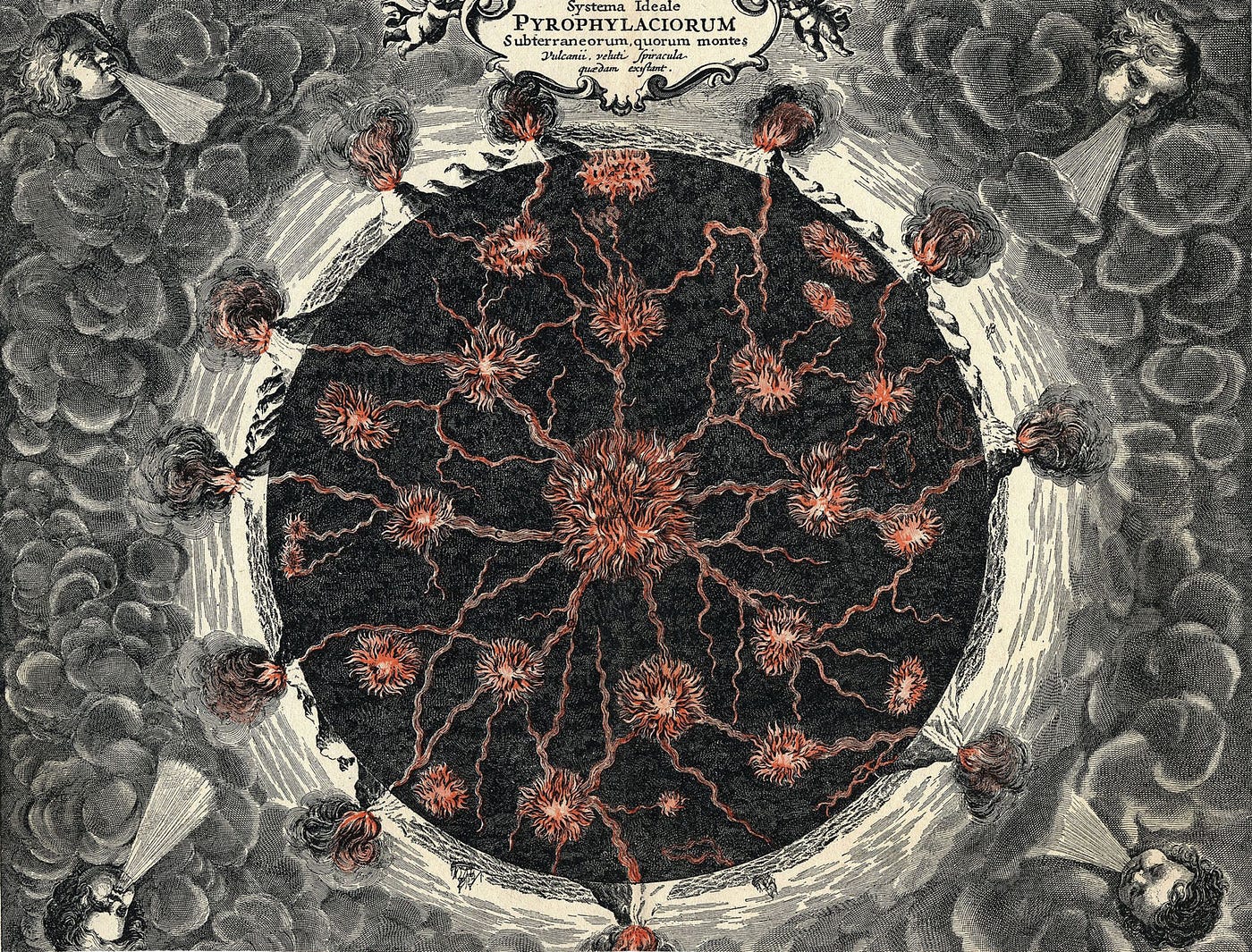
Lots of ideas there. I absolutely agree with you that there’s no ideal way of knowing; that all of them are important. I use oracles at times and one that I really like is called the Mayan Oracle. I like it because it has information at different levels, expressed in different ways. It’s essentially poetry about each of the star glyphs. If you read it with your left hemisphere it doesn’t make any sense, but if you feel it with your heart it can be very, very powerful. I think there are indeed multiple languages for understanding ourselves and the world. You were talking about the shamans and there are technologists that have done essentially the same thing. Viktor Schauberger was a forester in the Austrian forests and understood more about water, motion, propulsion and a bunch of other things than other people at the time. He was forced to design spacecraft for the Nazis, because they had his family, but anyway your idea of a plurality of knowledge is well taken. We’re creator beings and we’re a little bit different from other parts of nature. We need the laws of ecology to understand our place, whereas it’s automatic for things in nature to do the right thing for the whole system.
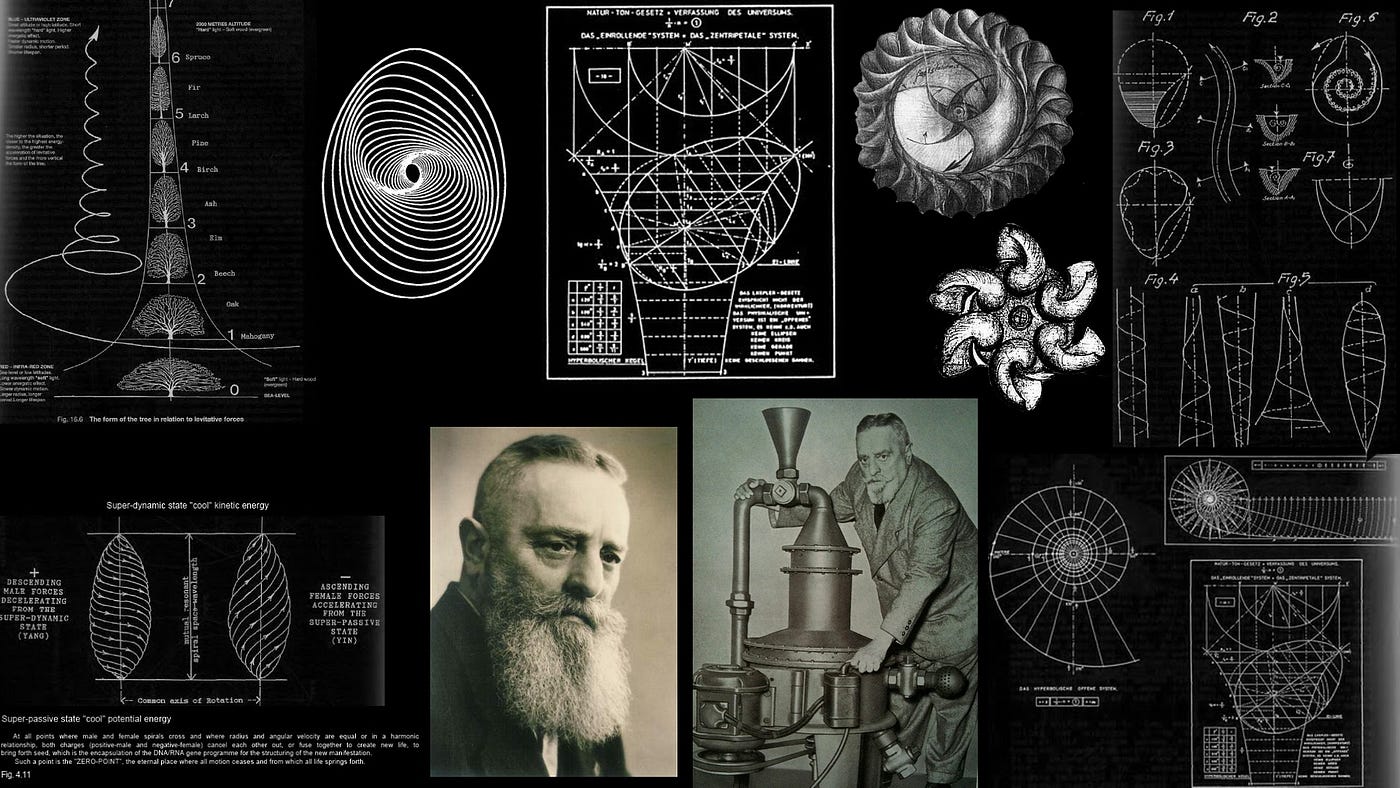
The implication there is that nature knows best how to calibrate itself, whether it’s considered to be a finely tuned cybernetic machine network or a well-tuned engine or whether we might embrace the chaos in terms of Brownian motion and entropy, perpetual change, nature as the epitome of a dynamic system that is self-calibrating and inherently non-fragile in that it doesn’t require us to maintain it. The notion of pluriverse signals a potential shift in the modalities that we are crafting to illustrate these systems to each other. We have a way of being in-and-of the world, the throwness of being if you’re into the particularly German delusional procession from Husserl to Hegel to Heidegger. I’m not trying to go down that rabbit hole, per se. The potency for me is that the way we conceive of the world, the way we conceive of ourselves, and the way that we conceive of our relations, becomes the world that we inhabit; the world as the fulcrum of being-becoming.



We actively manifest that existential point of view that positions ourselves at the center with the mind as the instrument that casts the projection that we proceed into, what Thomas Metzinger illustrates as a reality tunnel. But, again, if we are able to shift our perspective, certainly we’re able to shift our narrative modality and iterate on this procession of being-becoming. This certainly has ramifications beyond our poetics, beyond mere metaphor. By adjusting or augmenting this modality we are literally changing the world that we inhabit, literally changing our manifest worlding that we are always-already walking into.
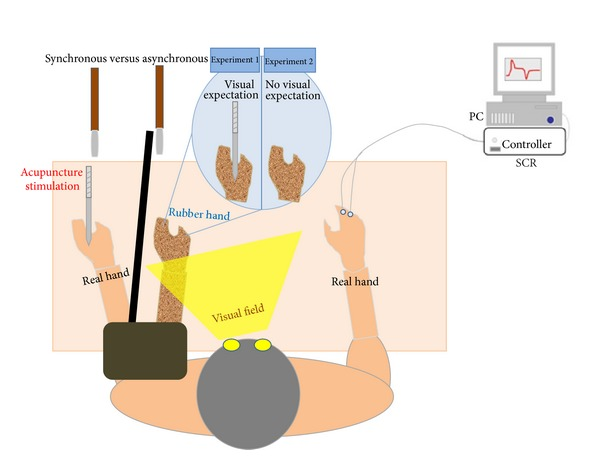
I often think about the Cartesian mind-body problem, that I have a mind that is nested within a body, that the mind is the seat of the self and that the body is the vehicular transport, the mechanism that propels this identity through the world. This is the notion of a homunculus as a little me upstairs that is operating the mechanisms, steering the ship, manipulating the body *out here, *the salinated meat sack propelling my etheric body through space. This story that we tell, this mind-body problem that we shackle ourselves to, is highly dissociative. The mind is illustrated as a central processing unit of pure cerebral abstractions and the body is reduced to a material substrate that facilitates the mobilization of our conceptual ideals.
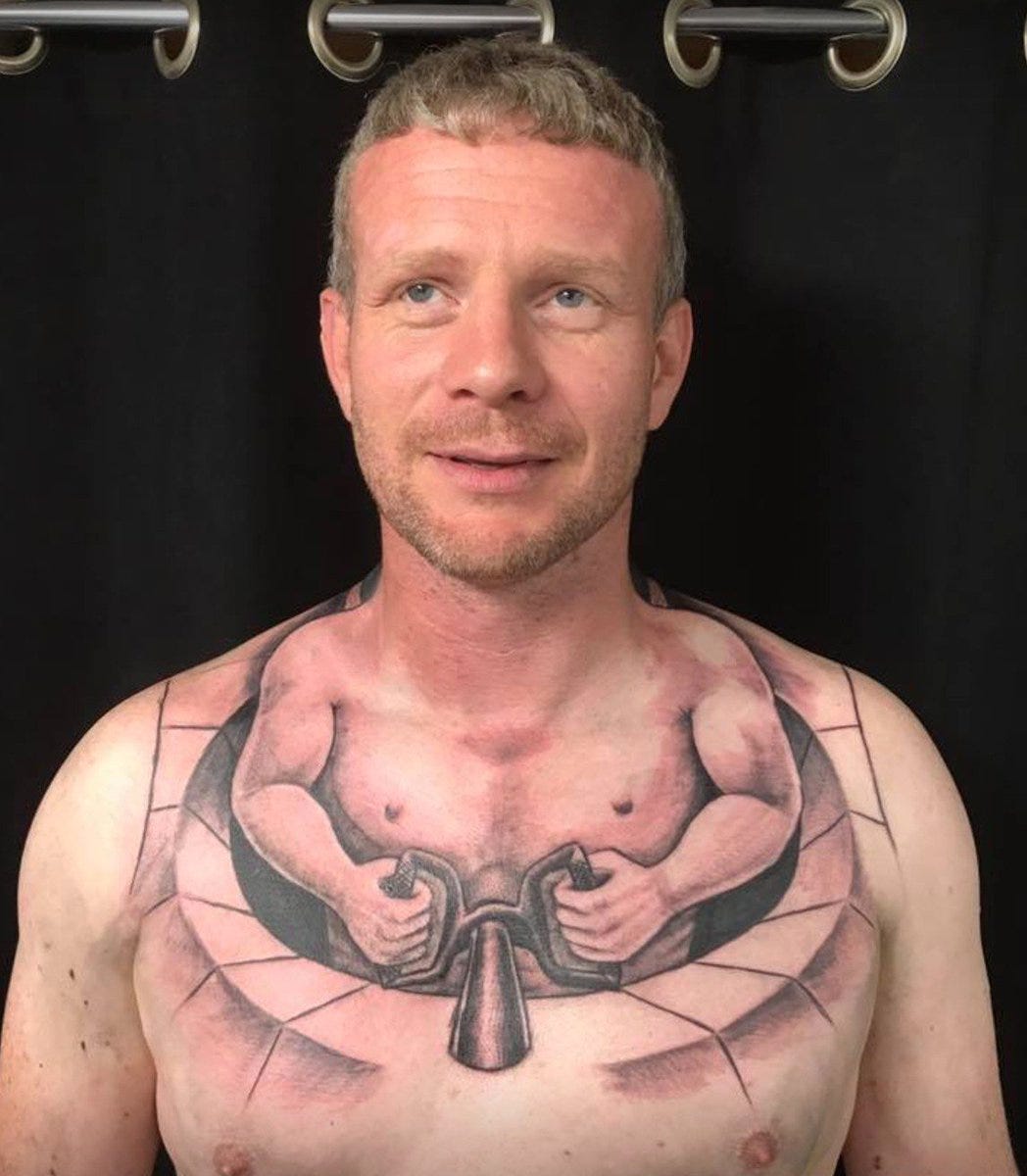
What is real? What is the most real? How is that real put into dynamic tension? Is it the conception of the world, the projection that we cast and that we enter into mentally? Or is it the physicality? Is it the corporeal instantiation, the embodied experience? Some people purport that the world should be composed of reasonable ideas, that we live in a holographic projection of meaningless desires, that we should enter into a virtual metaverse of digitized office cubicles because our bodies are the problem. *Hook me up to a machine, give me chemically calculated Soylent green nutrient fluids, I want my mind to exist eternally suspended in an ideal state with other minds. *Other people say, no, no, no, that’s the illusion, that’s the Matrix, an illusion that becomes a delusion that pulls us away from the experiential world. I feel the pot and it burns me.
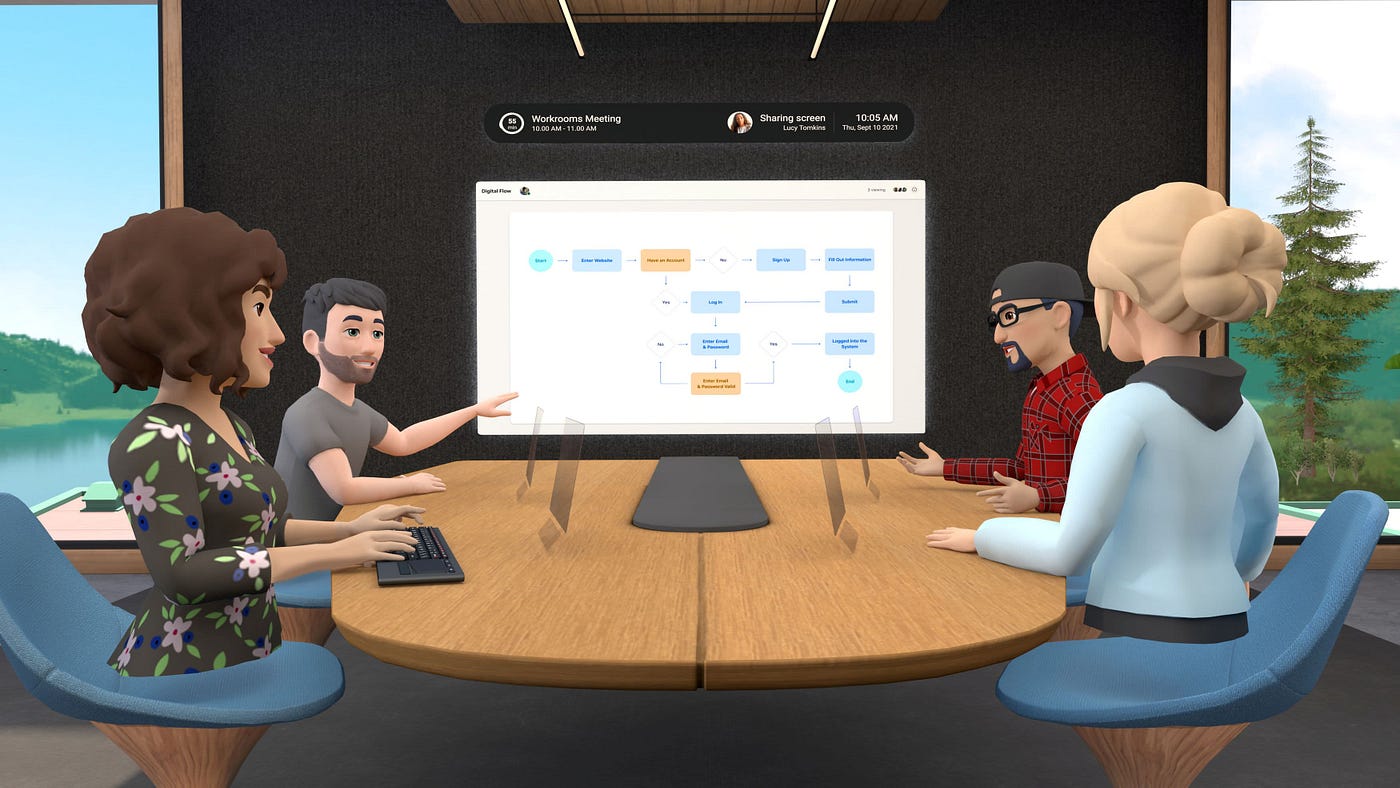
Is it okay to interrupt here for a moment?
Yes, interrupt, please.
You were talking earlier about one of the options- thinking about the world as a cybernetic machine. Regardless of the label you put on the Earth, whether you call it Earth Systems as the geologists prefer or Mother Earth or Gaia, it doesn’t matter. That system operates to create conditions conducive to more life and it has multiple mechanisms to do that. Some of them are relatively simple, some of them are more complex, but the point is- that is what it has been doing for the last 3.8 billion years. Earth knows what needs to happen for life to continue. What other planets are about I couldn’t say, but Earth definitely is about creating conditions conducive for more life. Everything that is built on the machine analogy performs as a machine, which means it’s running down, it’s wearing out, and it’s dying. I’m not too fond of them for that reason. Machine analogies came out of the early Industrial Revolution. They talked about the body as a machine, but it’s not. The organism is incredibly more complex and functional than any machine humans ever thought of.

I’m right there with you. Maybe this is a good moment to introduce the circumstances of our meeting out on the mesa in the Carson National Forest. You were working on your earthship in the Star community where I live. When we met we immediately began discussing sustainability in architecture and as a state of mind. The reason earthships are so incredible is that they incorporate a systems thinking approach of our natural world and integrate those theories into a design that materially instantiates a sustainable model that supports and proliferates more life. Would you agree? Maybe you could start by explaining how it is that you found your way out there and a little of your history with sustainable architecture.
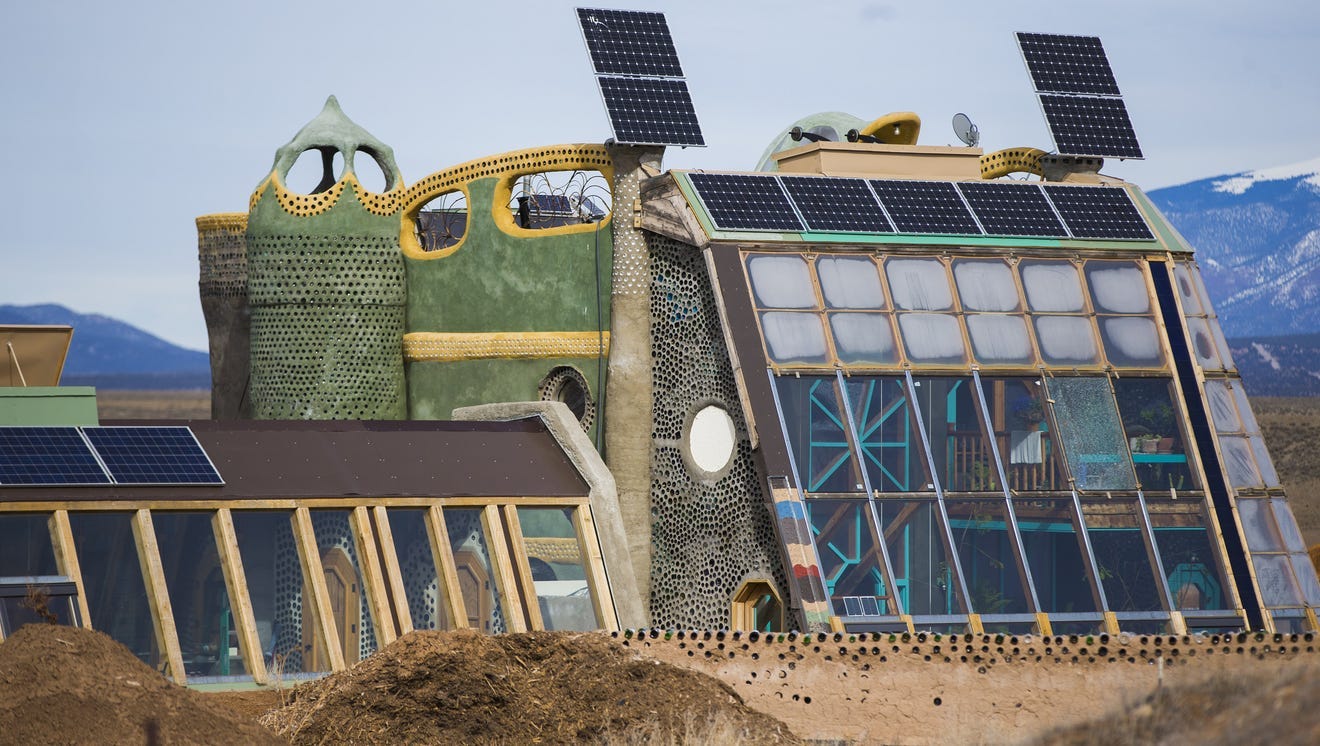
My journey started way before Star. As a young man, I was quite familiar with 15 or 20 ways that the Earth could go to hell in a hand basket. Changes in the Earth, financial collapse, poles flipping; there were all these things that the people were discussing like they could happen tomorrow, or maybe already started yesterday. As a young husband with a young family to consider, I became quite concerned about all of that and it was driving me nuts. I sat myself down and wrote out everything I could think of about each of those scenarios. If that happens, then what, and how does that affect me? When I finished that exercise I became convinced that I needed to do something very specific, but those big collective actions by humans on Earth and the Earth itself felt like they were beyond anything that I could influence. I needed to figure out how I could respond if any of those catastrophic things happened. That meant I needed to have knowledge in my head and I needed to have basic tools.
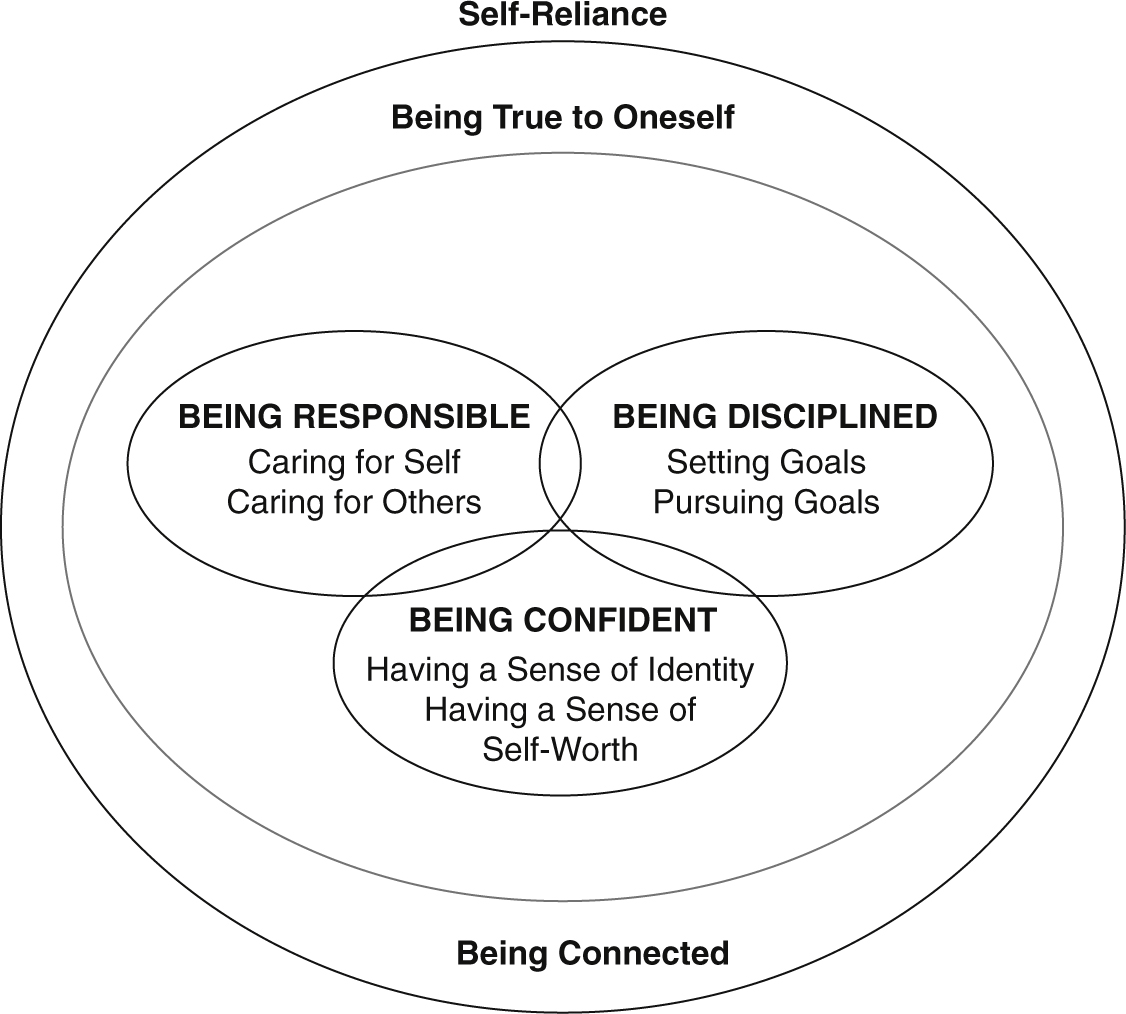
There are people that think they will be just fine if they have a pickup truck, a dog, rototiller, and a tank of gas, but the truth is that it takes way more than that. I became very interested in self reliance and self sufficiency. I had a career in aerospace systems engineering and when that was over I decided to see what I could do to add good positive things to the world. Earthships seemed like a good place to start. I had built other buildings and remodeled conventional buildings, so I wasn’t coming into it cold. I took the earthship training program and helped build eight or nine of the earthships in the Star community.

I had a vision for what I wanted to do there. We would have our house, part of it would be a clean art studio and office, one building would be efficiency apartments for people to live in while they were building and attending the training program, and another structure was going to be a research and development laboratory and shop for developing technologies for off-grid homes. When Michael Reynolds pulled out of Star and took all that stuff out to The Greater World community, it was like somebody pulling the Safeway store out of a small shopping center. The entire locus of activity was relocated so I couldn’t get any of the trainees to come out to help me build my place. That killed the idea and it has been dragging on since. I was still hoping I could do something useful down there, maybe a writers retreat or simply a place to regenerate and enjoy the skyscapes. Reynolds had a problem with not doing what he said he was going to do. We had 20–25 families out there at Star and we were forming a community to work together to solve our common problems, but every time we needed Reynolds permission to do something, he stopped it cold.

Why did that happen? Why do you think Michael Reynolds would choose to do that? Such a powerful dream with so many people organizing behind it and then it comes down to the decision of one man? What motivates the centralized force to squash the potential of the decentralized community? Can you identify specific motivations for wanting to do that? Was the Star Community antagonistic to something that he was building?
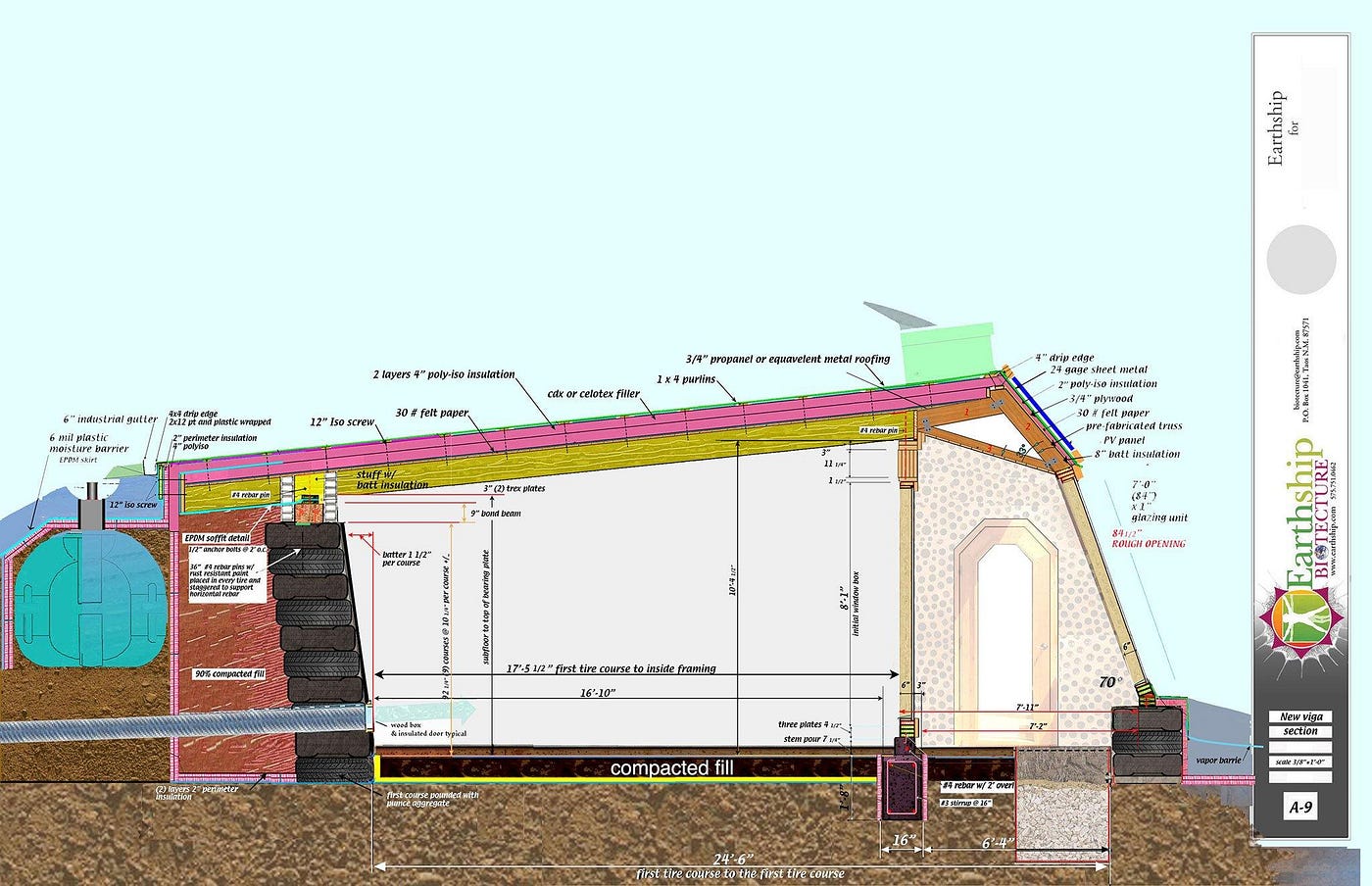
His idea that an earthship creates community is absolute nonsense. Mike deserves credit for integrating a lot of technologies and ideas about housing that had never been integrated, not necessarily that he invented the ideas. Having a house that rides natural energy cycles is wonderful and it can be a very good piece of community development, but more than that is necessary. After I abandoned my dream at Star, I joined other companies that were helping people design and build off-grid homes. Some of those were earthships, some were hybrid, some were straw bale, and other alternative construction technologies.

I was the chief engineer and the systems guy. We’ve always tried to find out what customers wanted from their house. Frequently, it would be low acquisition costs and low operational maintenance costs and you can design to those requirements. Part of my role was periodic reviews of where the design was going. If the customer wanted to make changes that would drive up operational expense and acquisition costs I would gently bring everybody back to the table and ask the customer again what they really wanted to do and the design would have to be changed. My point was to avoid embarrassing anybody to get the design done right.
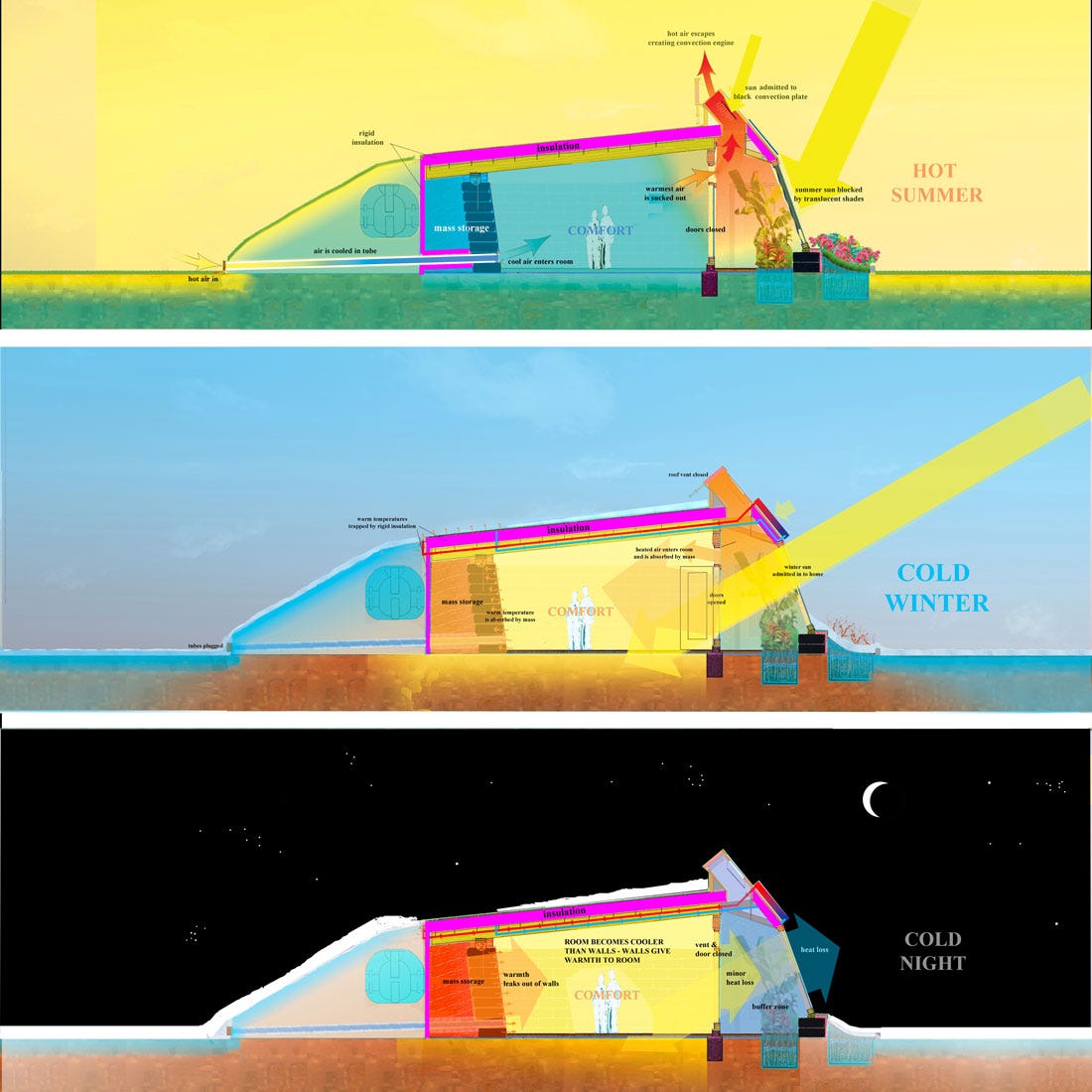
I have a very direct question for you that you can interpret and answer however you see fit. How do you build community?
Big question! It has to be all about relationships between people and the ecosystems in the living earth around them. When you get that part right, then that community has a chance of being successful indefinitely. I think it would be fair to say that if a community focuses on becoming sustainable, designing strategies to survive for 1000s of years, then thinking short term doesn’t cut it. If you want to be around for a long time, then you have to bring your relationship to the earth into harmony. It forms a very powerful co-creative place with nature and all of the humans that are part of the community. Sustainability is all about relationships.
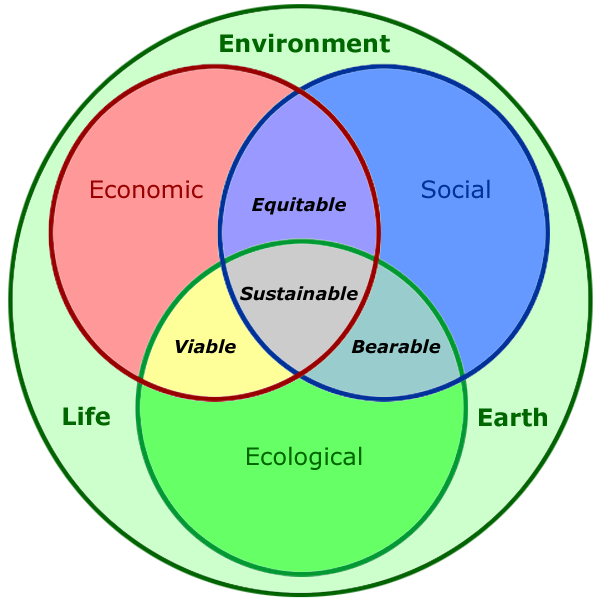
How do we evaluate or measure the health of a community? How do we identify and design the potential of a community to become sustainable and remain viable through the long-now? I’m interested in your experience with the Star Community and it’s failure, but I would also like to think about this with you in terms of digital communities.
I’ve spent decades thinking about that question. What specific actions can people take that would help them be more sustainable? Wherever that member of the digital community is, they need to be part of a real community that’s functioning and thriving and surviving in the larger ecological image. Otherwise, there’s no basis for the relationships. There has to be a foundation under any virtual relationality. At least that’s my take. With the Star Community, it was the underlying ideas of expanding development that failed. The community did everything they could to become viable, but the centralized force had absolute control over the collective resources.
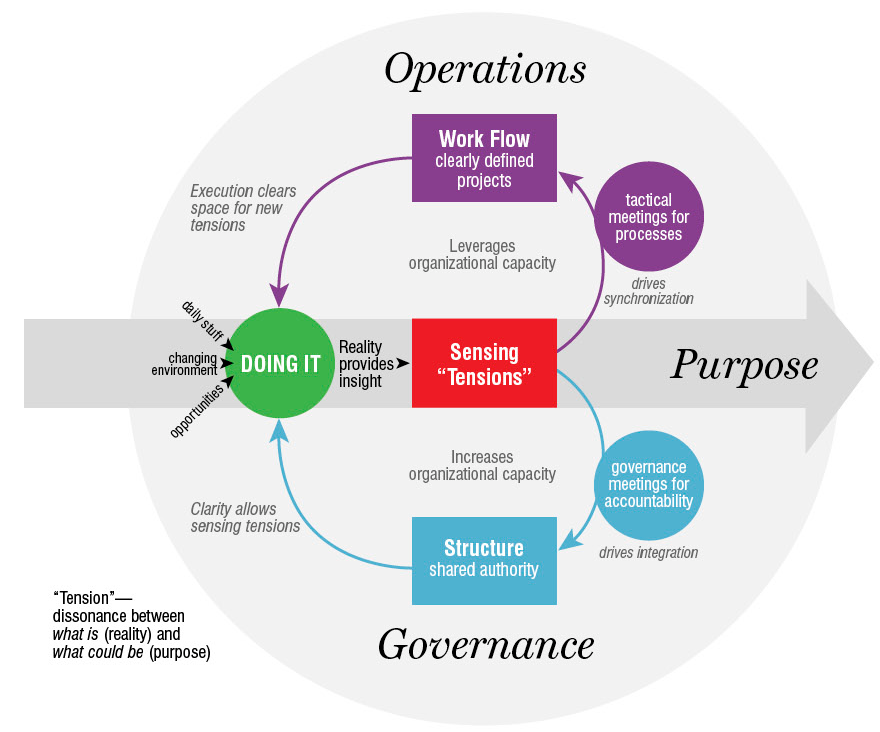
I’ve read over the old community code of conduct and it’s quite substantial. There is a long list of rules, so many things that are forbidden. If you were able to go back and do it again, do you believe that you would be able to design a decentralized solution that would somehow be able to combat this centralizing force and regain collective autonomy? How could it be designed differently? Would the community be able to sustain itself without Michael Reynolds?
Yes, it would have figured out the pieces that were missing, such as the economic basis. We were thinking about ways we could operate businesses that could be successful in the community. I believe that the answer lies in the reality that if you don’t own something, you can’t develop it, right? Elinor Ostrom and other people have talked about this. Part of the original premise and promise of the Star Community was that every bit of land would be owned by the people that owned memberships and there would never be a transfer of ownership. That failed promise more than anything else killed the whole thing.
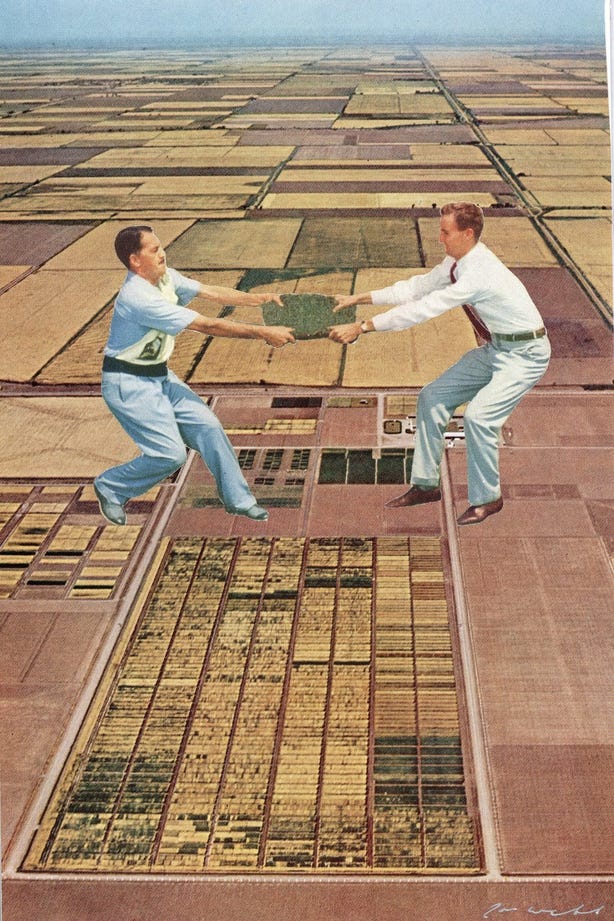
I want to ask you about the roles of members collaborating in this dynamic. How would you identify the necessary roles in a community for it to thrive? There’s a lot of talk about roles in the decentralized autonomous organizations that I work with. There are technical and non-technical roles. Some focus on infrastructure while others focus on the social and cultural narratives that facilitate alignment of the collective vision. There’s an integral tethering between these roles. Building earthships is a huge coordination effort. Sustainable community building, either physical or virtual, is a huge coordination effort. Can you identify some of the key roles that you’ve encountered and identify the role you have taken on?
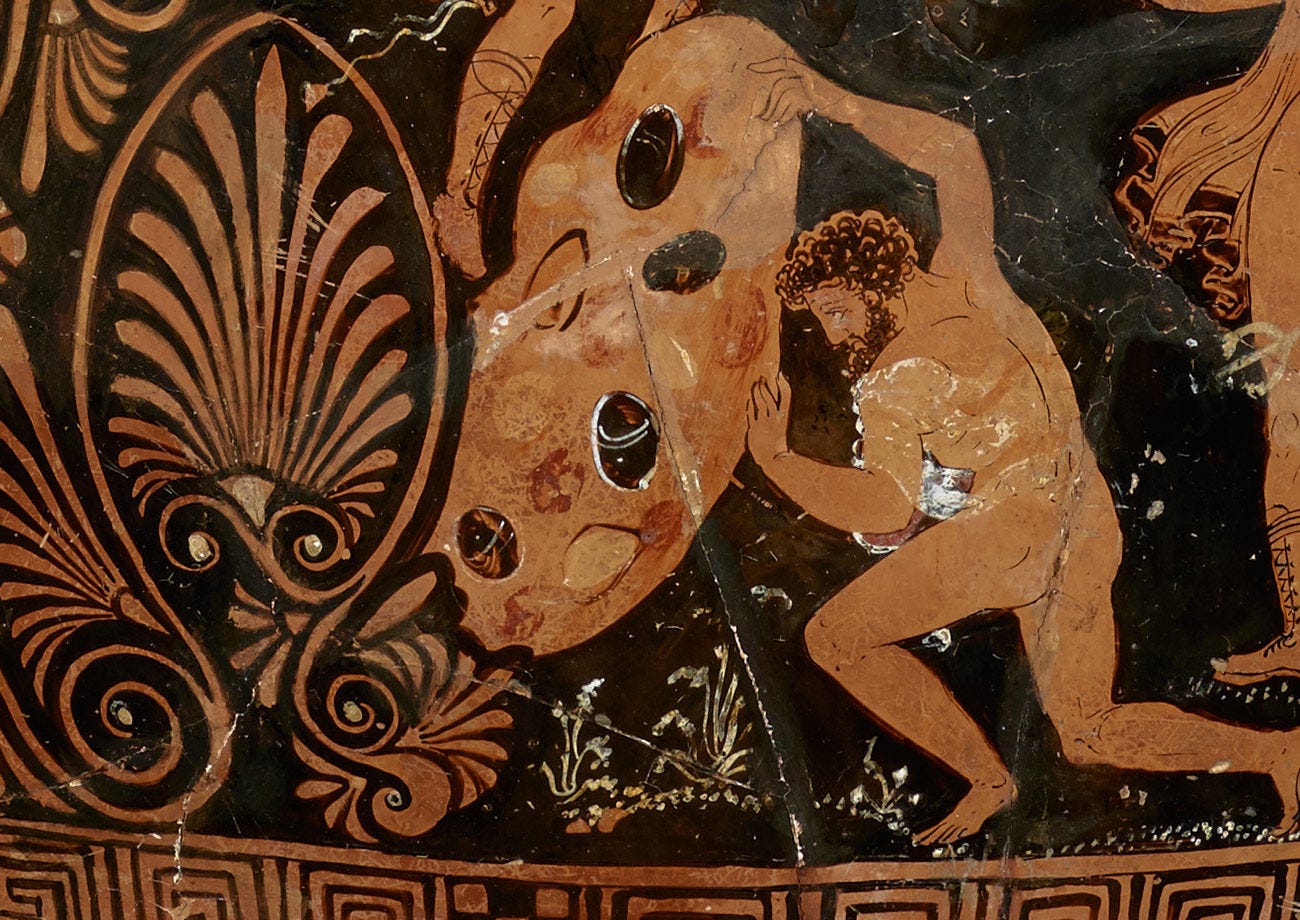
I’ll have to think about that. Part of my experience includes interacting with co-housing communities and intentional communities. There’s a body of knowledge within intentional communities that would address some of these questions about roles and leadership and how we should deal with people that really aren’t contributing anything while riding on what everybody else is doing.

The free rider problem, right? What is an intentional community in a nutshell?
It’s a group of people who decide they want to be in community, they want to be in relationship, and they work together to organize that vision. Rather than moving to a commercially developed suburban district and having essentially a virtual community between the inhabitants, intentional communities deliberately want to live together. Living together is a big piece of it. Sometimes the intentions are religious or spiritual, sometimes it’s environmental, or many other things, but it’s always people choosing to be together and live together by their own design. It’s almost always about the social value that is generated there. Let’s return to your question about roles at our next conversation.

This series is made possible by a generous grant awarded by MolochDAO. Thank you Moloch!